-10% on your order when you subscribe to our Newsletter
The meteorite of Saint-Aubin comes from the collection of Mr. Labenne, meteorite hunter. Being of ferrous type, when it was cut, meteorite chips were agglutinated around a small magnet.
In 1968, a farmer unearthed a strange stone from his field near Saint-Aubin in northeastern France. The massive 177-kg bolder was markedly different from anything he'd found before, so the farmer stowed it away in his barn. Fifty years later, meteorite hunters from the French Astronomical Society excavated other such fragments nearby and discovered them to be pieces of the largest celestial body ever found in France. Code name: the Saint-Aubin meteorite. This seven-ton giant made of iron, nickel, cobalt and phosphorus, was part of an asteroid that had probably traversed the solar system for millions of years before crashing to Earth, some 55,000 years ago, creating more than 120 impact points within a radius of one kilometer.
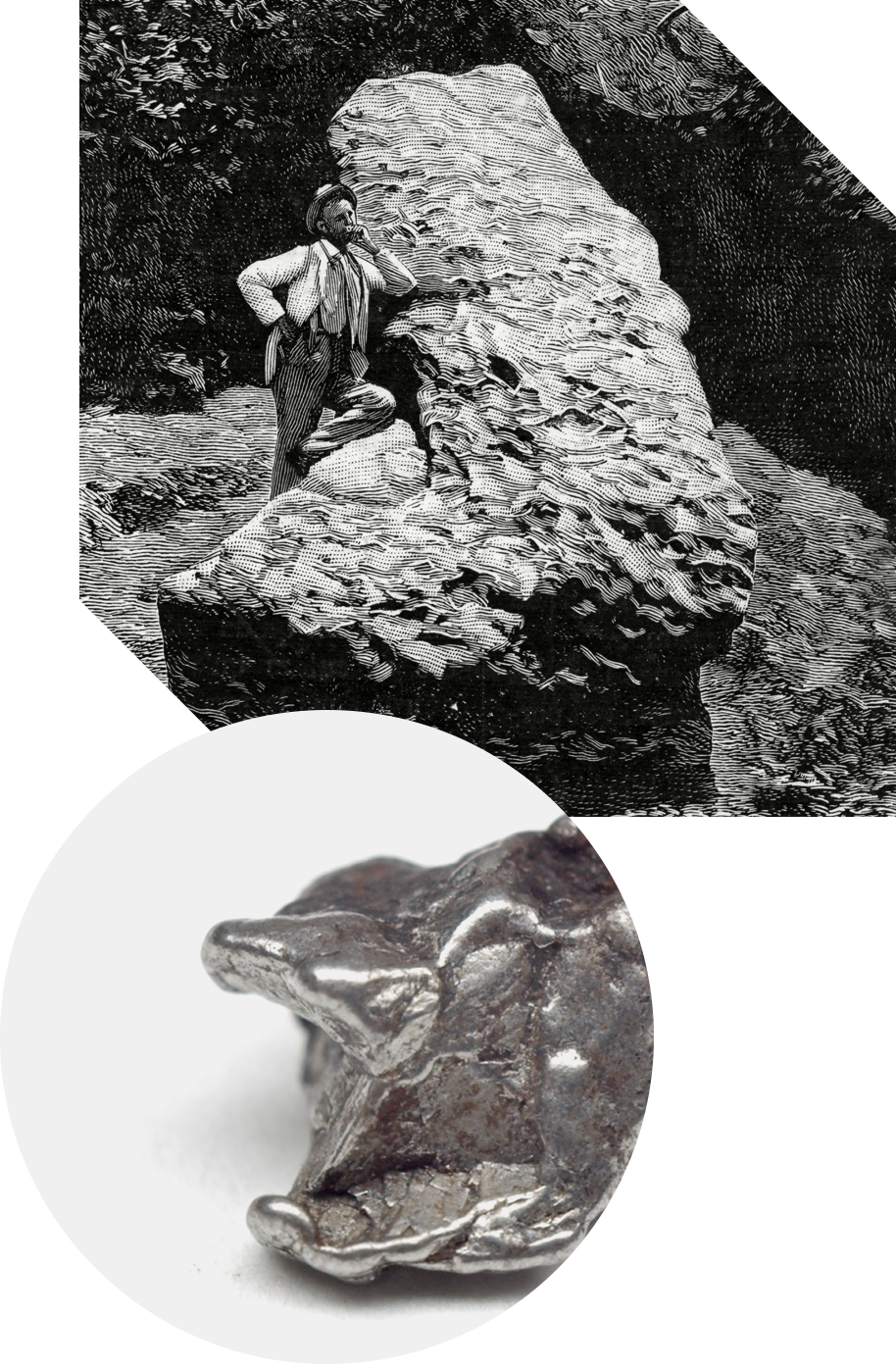
The pieces of shells come from Mèze and have been authenticated by Mr. Alain Cabot, director of the Musée-Parc des Dinosaures, in the same town.
It's hard to imagine that Europe was once a vast archipelago. At the end of the Upper Cretaceous period (66 to 80 million years ago) the Franco-Iberian island was the largest of these landmasses, comparable in size to Madagascar and encompassing Northern Spain and Southern France. These tropical alluvial plains and mighty rivers, bordered by a warm and shallow sea, were the ideal nesting site for herds of dinosaurs. This is why Mèze, a small town 30 kilometers from Montpellier, is one of the richest deposits of fossilized eggs in the world. This egg was laid by a Titanosaur, a giant herbivore weighing several tons and measuring up to 12 meters in length. The shell debris, carried by the rains and deposited in sediment, were trapped in the mud and petrified for eternity.
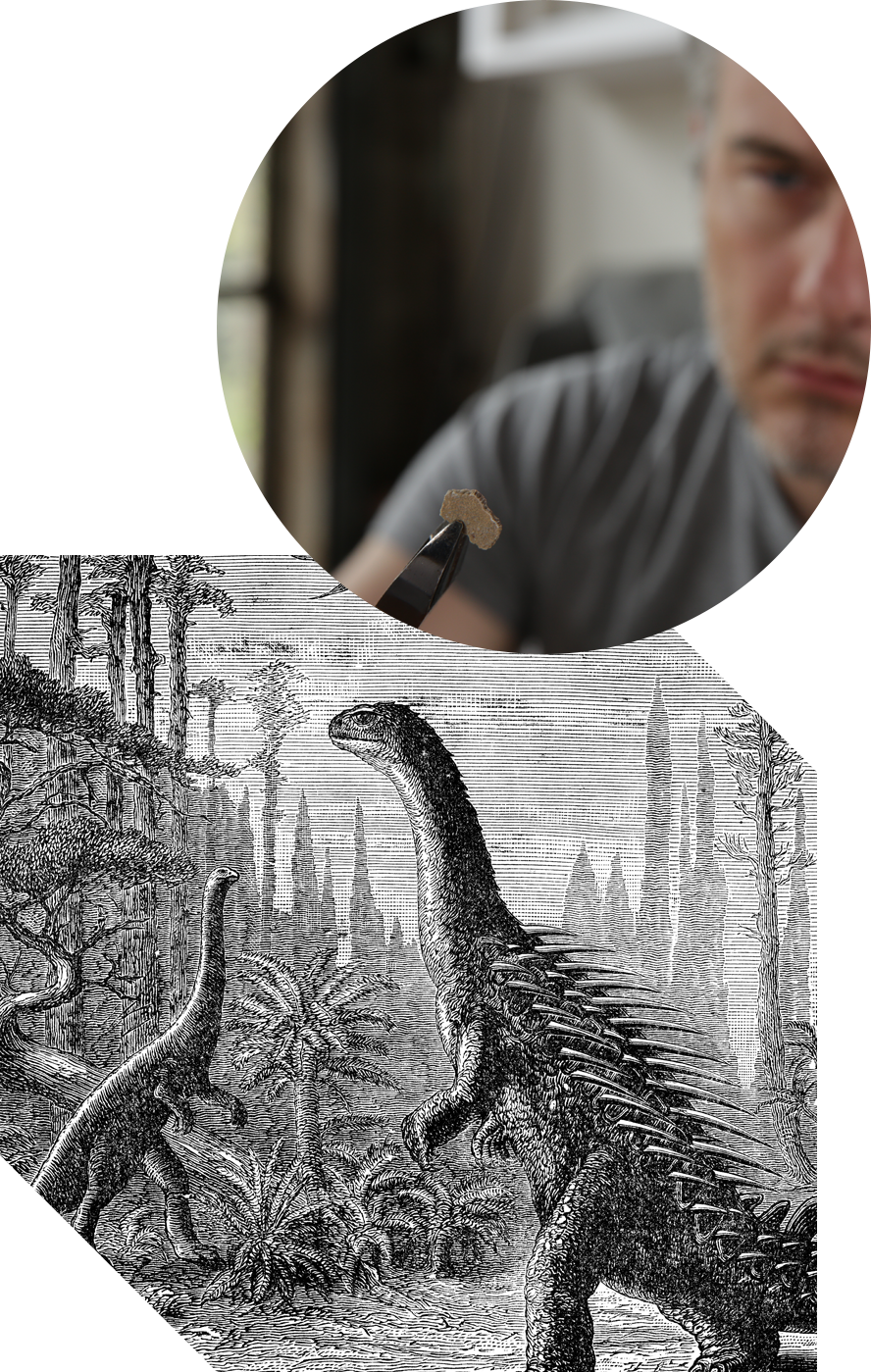
The flints were acquired at an auction. They come from a collection dating from the 1920s.
The oldest cut-stone tools found by archaeologists were made of flint by Homo habilis and date back 2.7 million years. These rough tools were refined into the more sophisticated bi-face cleavers 1.5 million years ago, thanks to the technique of "percussion cutting," using large stones to deliver methodical perpendicular blows. Neanderthals used the shards produced by this method to craft knives, scrapers, arrowheads and sewing needles. More compact than hardened steel, this durable material was used in the Neolithic period for making farming tools, during Antiquity as flint lighters, and finally from the 16th to the 19th centuries as flintlock firearms. Now coveted by the glass and concrete industries, humankind's oldest companion is far from being outdated.

The vertebra is from an auction conducted in 2019.
A worthy opponent! Reaching up to five meters high at the shoulders and weighing four to six tons, the mammoth was no easy prey for Neanderthals. To kill one of these giants, hunters had to work in groups and with great ingenuity. The rugged pachyderm's four-meter-long tusks were formidable weapons. The largest land animal of the last ice age, 15,000 to 100,000 years ago, mammoths first appeared in Africa around 50 million years ago and nearly disappeared at the end of that period. But a few of the colossal beasts survived until up to 2,000 years ago.
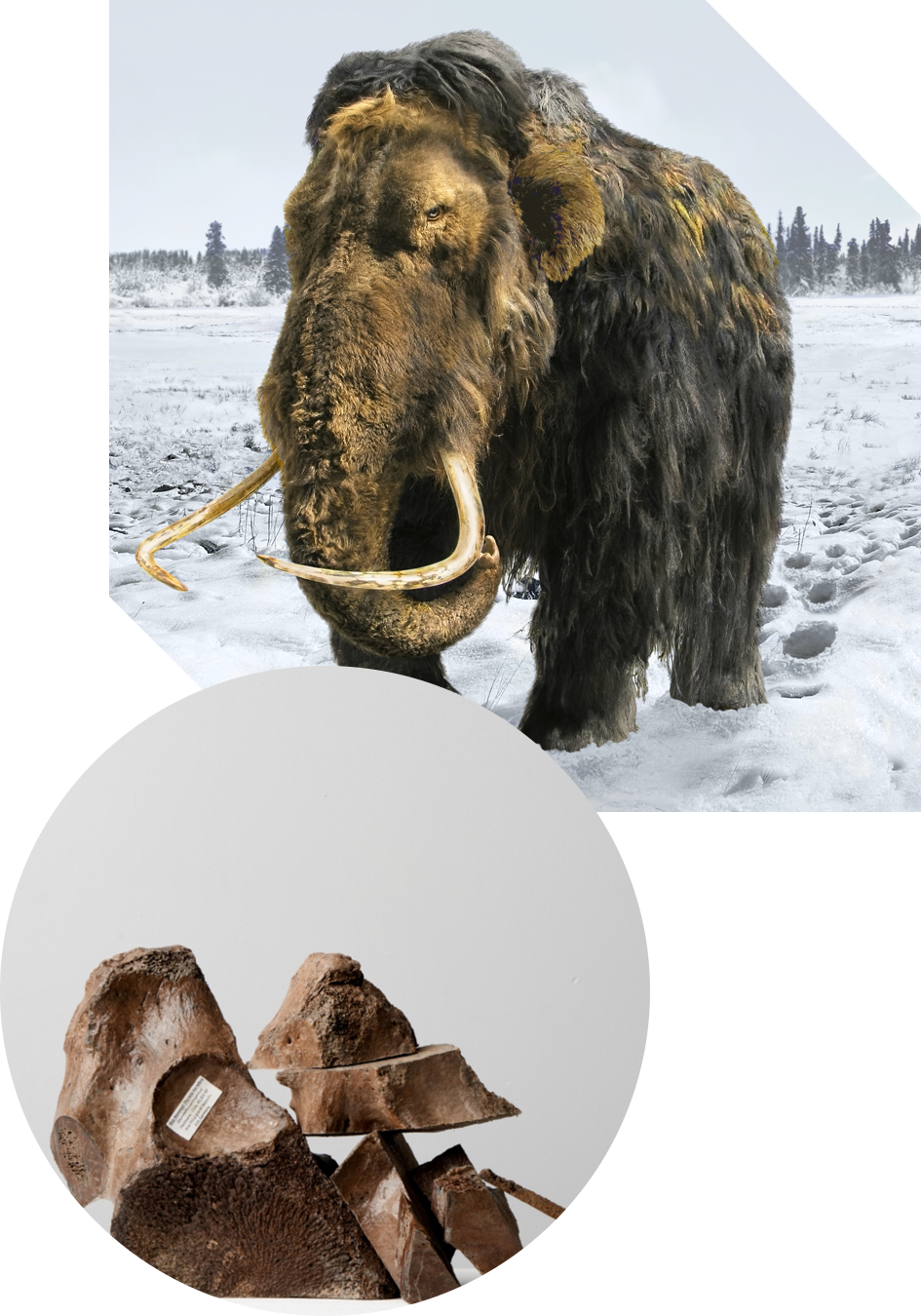
Two Viking axes were necessary for the design of HistoryCube. They both come from Great Britain and were acquired at the same auction.
Our common notion of Vikings as blond brutes wearing horned helmets and drinking from human skulls is actually a misnomer fueled by mythology and fantasy. But one image is true: these men and women from the frigid north did use long-edged axes. These hardy Scandinavians, who sometimes flexed their muscles by looting (or even massacring) entire villages, were not mere savages. These tireless explorers and skilled navigators made many perilous expeditions to Normandy, England, Newfoundland, Constantinople, and even North America which are considered some of history’s most daring voyages ever attempted. The Viking civilization gradually died out, as they settled in various places and merged with the local populations.
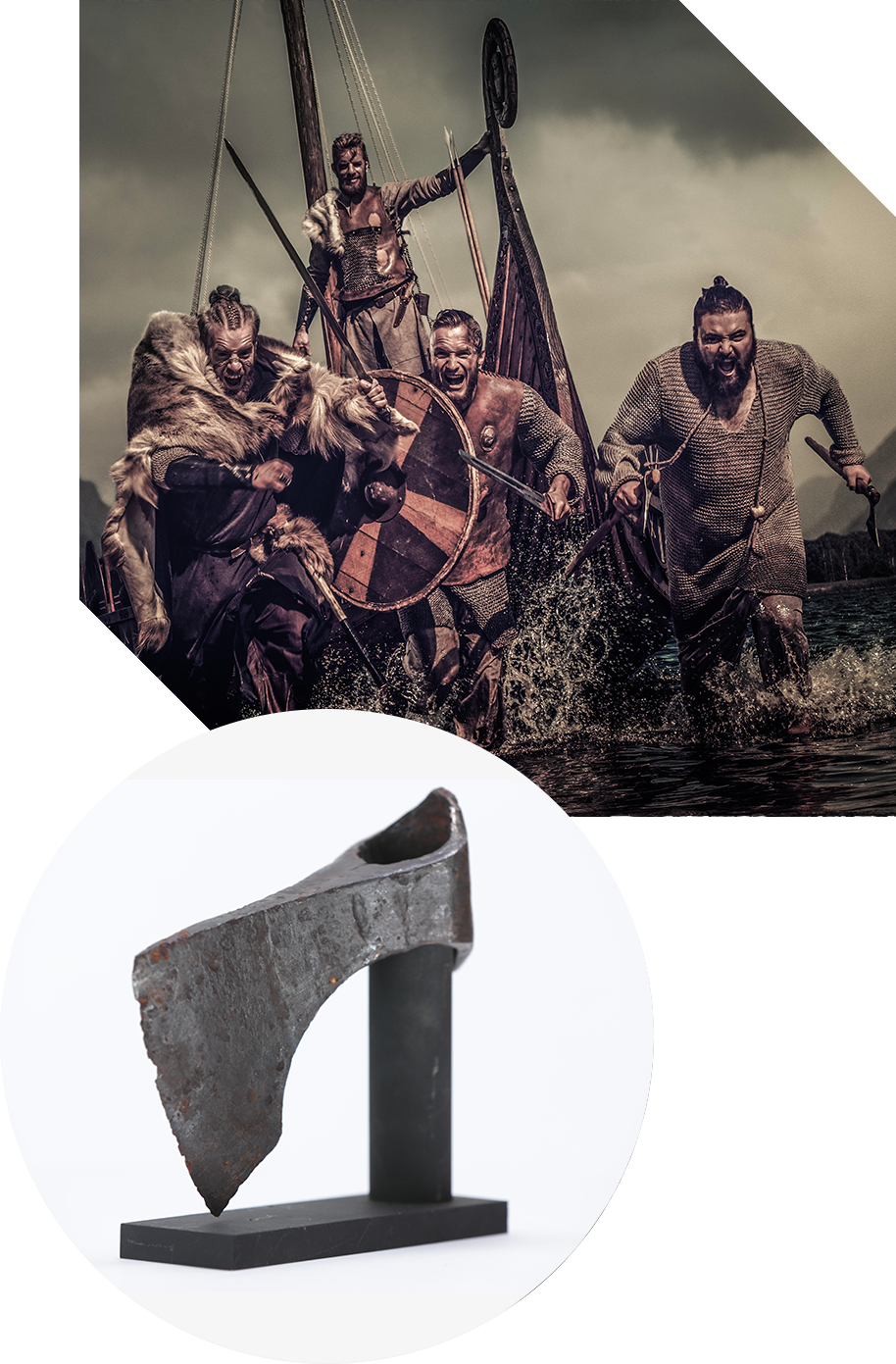
This remnant of the Queen's dress comes from the personal collection of Mr. Ousset, former president of the Marie-Antoinette Association. He acquired it with other pieces of the same dress at an auction in 2003.
No Hollywood screenwriter could have imagined the life of Marie-Antoinette, the iconoclastic queen par excellence living a life of pomp, glamour and tragedy at a time of historic upheaval. Her story began toward the end of the 18th century in Austria, when her mother, the dour Empress Marie-Thérèse, promised her youngest daughter to future King Louis XVI, whom she married in 1770 when she was only 14 years old. Quickly realizing she would play only a symbolic role, the young queen set out to lead a life of pleasure in stark contrast with the poverty and hardship suffered by a majority of the French population. Her Petit Trianon, on the grounds of Versailles removed from palace intrigues, became her realm. Surrounded by her inner circle, she organized extravagant parties, rode horses, gambled, and commissioned the most sumptuous dresses and adornments. Endowed with incredible charm and elegance, this queen of fashion was the source of enormous fascination, from the peasants all the way to the courtiers—until that fascination turned ugly…
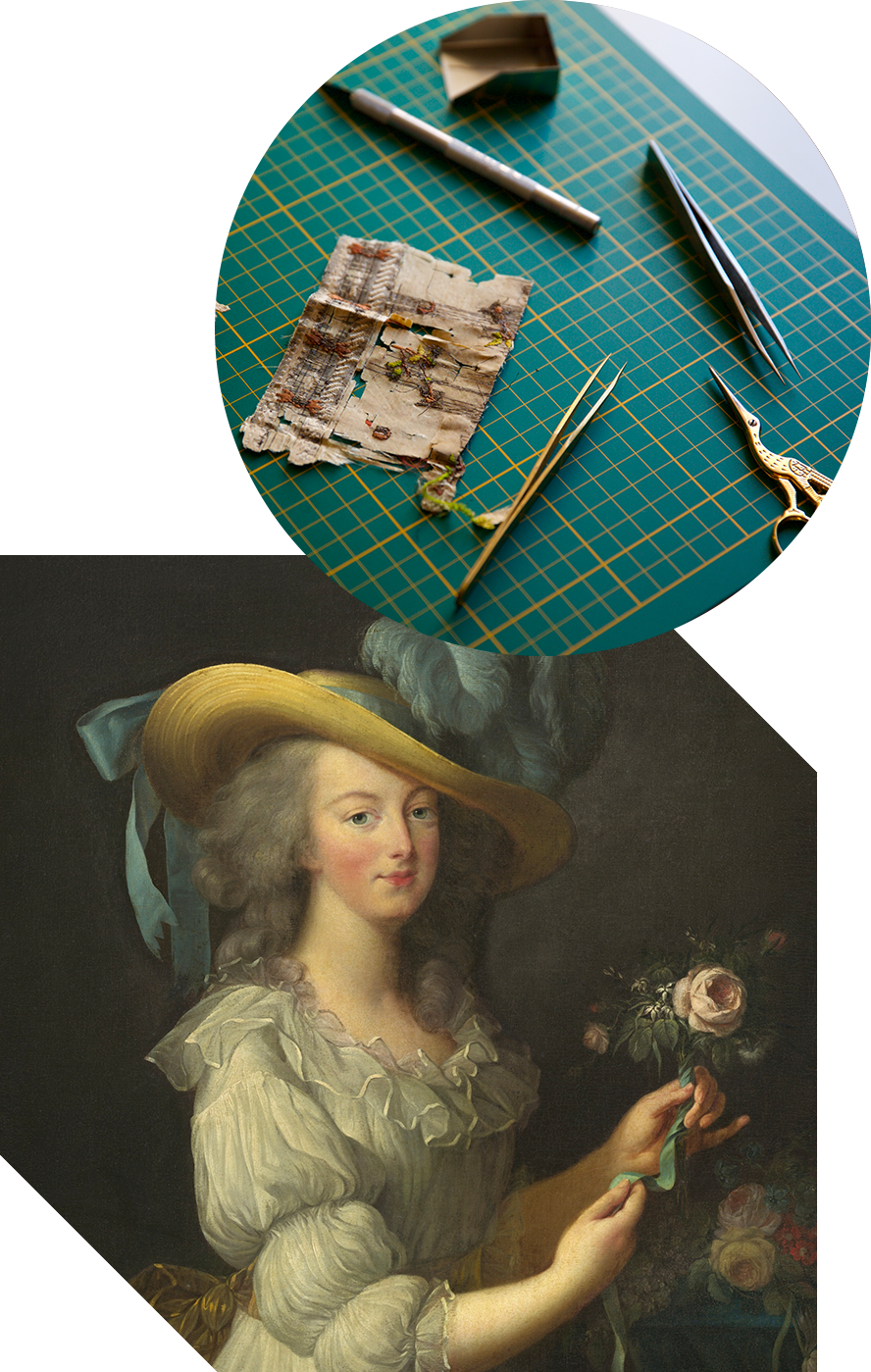
This piece of the tower was acquired at an auction and then appraised by a member of the National Commission of Experts.
What more majestic architectural performance than the construction of the Eiffel Tower? The 312-meter-high metal monster, weighing 7,300 tons, was completed in a mere two years, two months and five days. The adventure began at the end of the 19th century, when the French government sought a standout project for the 1889 Paris Universal Exhibition. The towering edifice, designed by engineer Gustave Eiffel, who was already famous for his bridges and viaducts, was chosen. The "construction site of the century" got underway in early 1887, mobilizing some 200 workers who tirelessly assembled the 18,000 parts of this giant Meccano. The "Shepherdess of the Clouds," as coined by poet Guillaume Apollinaire, was inaugurated triumphantly, although it faced vehement attacks from its many detractors. To save it from destruction, Eiffel turned it into a pioneering scientific laboratory, equipped with the most cutting-edge technological tools of the time. The "Iron Lady," has since become the most famous monument in the world.
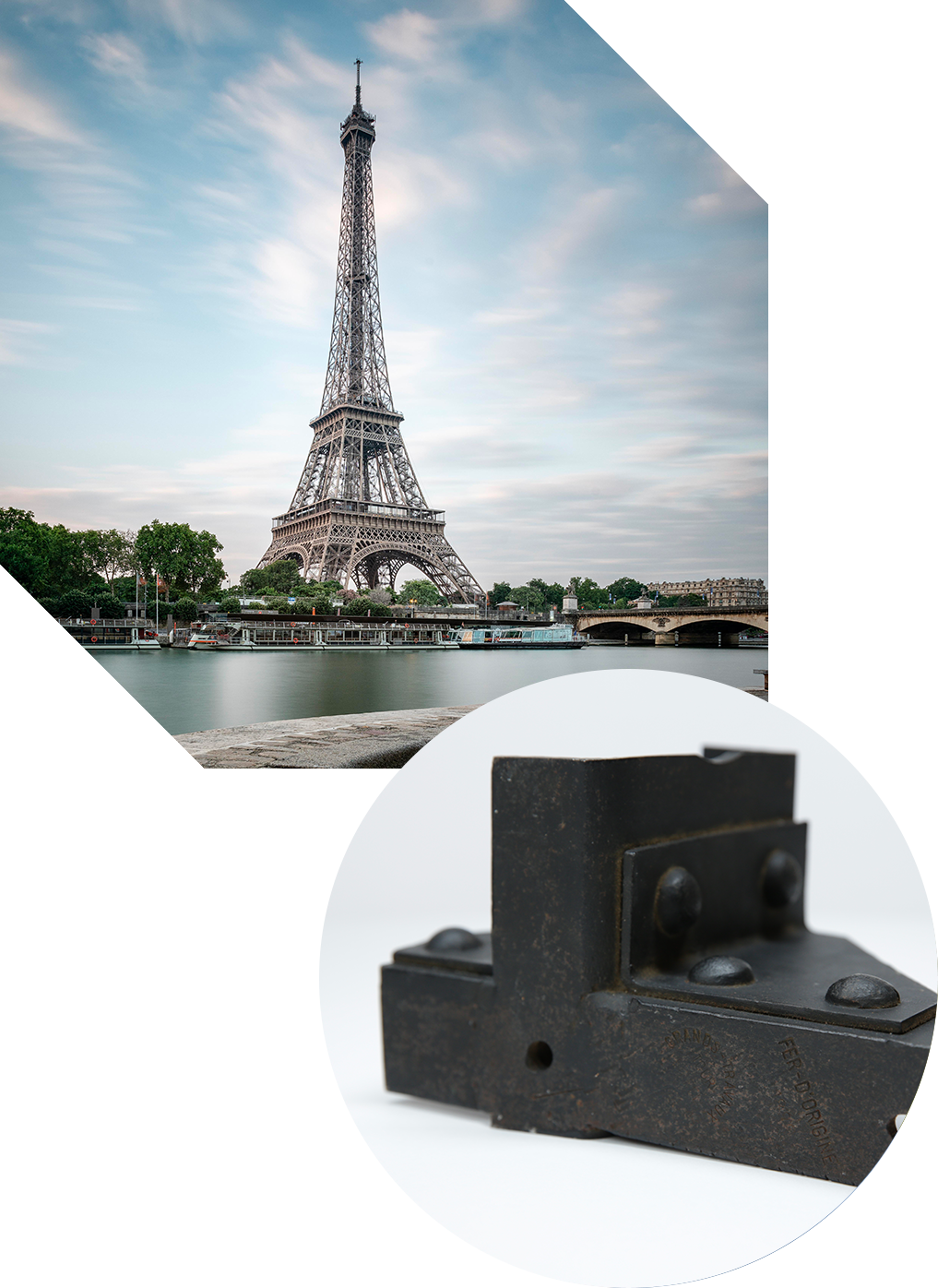
L'Aurore had a daily circulation of several hundred thousand. This front page, although rare, is not unique. It was acquired at an auction in 2019.
The most important front-page headline in history shocks by its very simplicity: "J'Accuse!" (I accuse!) This outraged heading from an article penned by France's great novelist, Emile Zola, appeared in giant letters above six dense newsprint columns of disproportionate size that seemed almost to bend the text below with the weight of its accusations. Prior to its publication, on January 13, 1898, a heated debate had taken place in the offices of the militant daily L’Aurore on the suitability of this terse headline, which was finally regarded as too overwhelming for the text that followed, “Letter to Mr. Félix Faure.” But the incendiary title proved crucial to turning the public eye to the outraged French novelist's open letter to the President of the Republic. Zola, implicated the army’s highest officers in the framing of Captain Alfred Dreyfus, to whom a lengthy prison sentence was handed down, after a hasty trial and doctored evidence, simply because of his Jewish faith. This piece of newsprint, played a crucial role in the battles that followed to overturn this egregious travesty of justice.
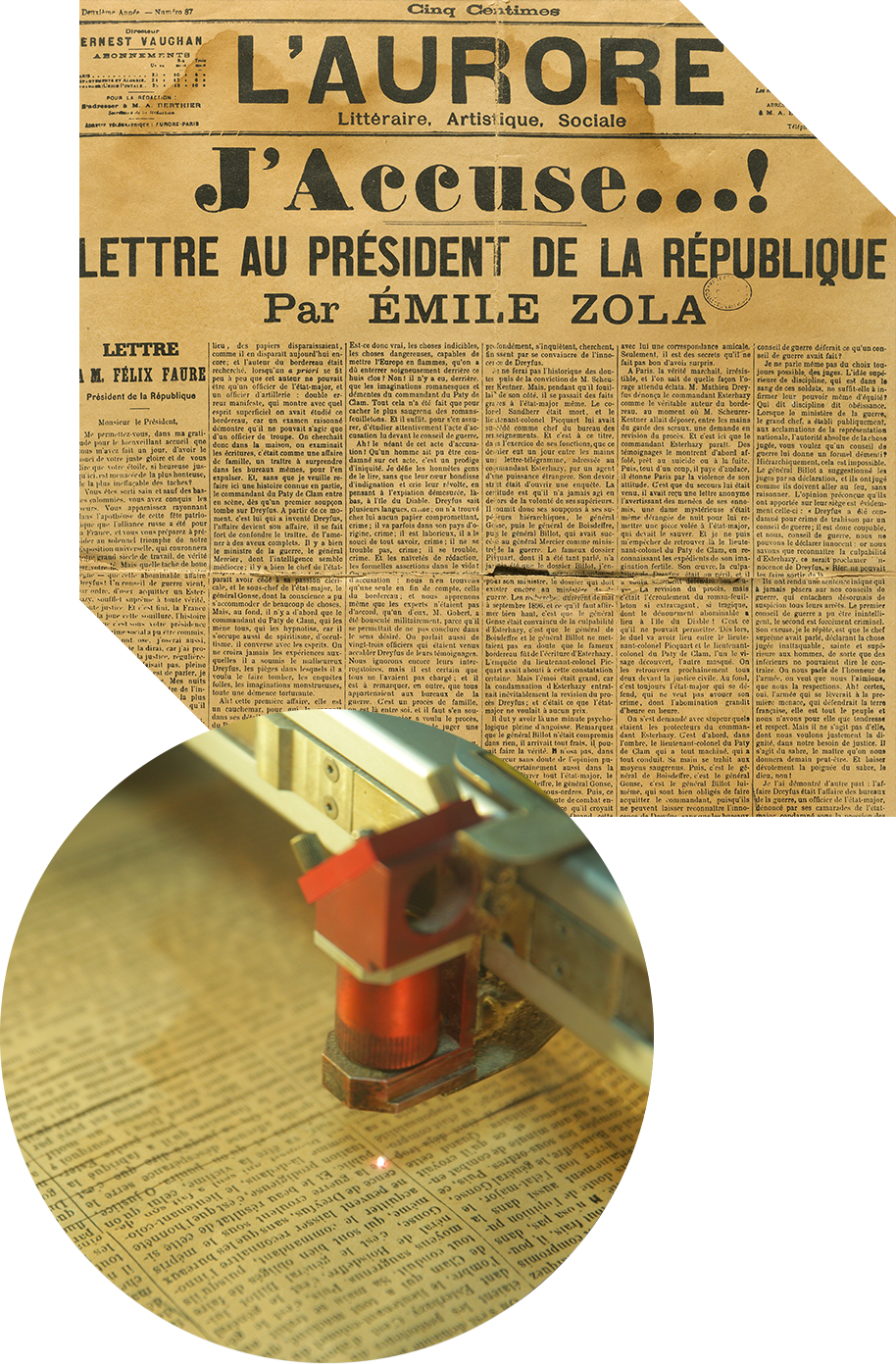
Acquired at various auctions. Appraised by M. Selles, specialist of the Second World War in Caen.
Christopher Clayton Hutton was most probably the inspiration behind novelist Ian Fleming's character Q, the creator of ingenious gadgets for the suave spy James Bond. In 1939, the British army's clandestine organization MI9 entrusted Hutton, a former pilot, with dreaming up tools to help British soldiers, resistance fighters and spies evade or escape from the Germans when caught or stranded behind enemy lines. In addition to devices like his mini-camera lighters, shoelaces that doubled as a saw, Hutton most famously designed the escape scarf. This handy silk square was printed with a crucial wartime map of France, detailing the demarcation line, the Atlantic Wall and enemy positions. Designed not to rustle when unfolded, these silk scarves could be easily concealed in clothing or rolled into a pack of cigarettes.

Acquired in 2020 from Mr. Hankow in California, who manages the personal collection of Al Worden.
Apollo 15 space mission, in addition to being the fourth Apollo mission to land a crew on the Moon’s surface and the most scientifically advanced, would also be the most Francophile. Alfred Worden, one of the three astronauts on the mission, slipped a French flag in his "personal preferences kit." Why he did it remains a mystery, but one thing's for sure, it bore witness to a very unusual feat: the Guinness World Records book named Worden “The most isolated human being in history.” While his co-astronauts David Scott and Jim Irwin roamed the moon's ashen basalt plains, Worden commanded the Endeavor module, stationed 3,590 kilometers from the astronauts and more than 380,000 kilometers from Earth. During that time, Worden orbited 74 times around the terrestrial satellite. But that wasn't the only tribute to the homeland of Voltaire made during this expedition, a crater found near the landing site was baptized the St. George Crater, after Nuits-Saint-Georges, a small village in Burgundy celebrated by Jules Verne in his novel Around the Moon.
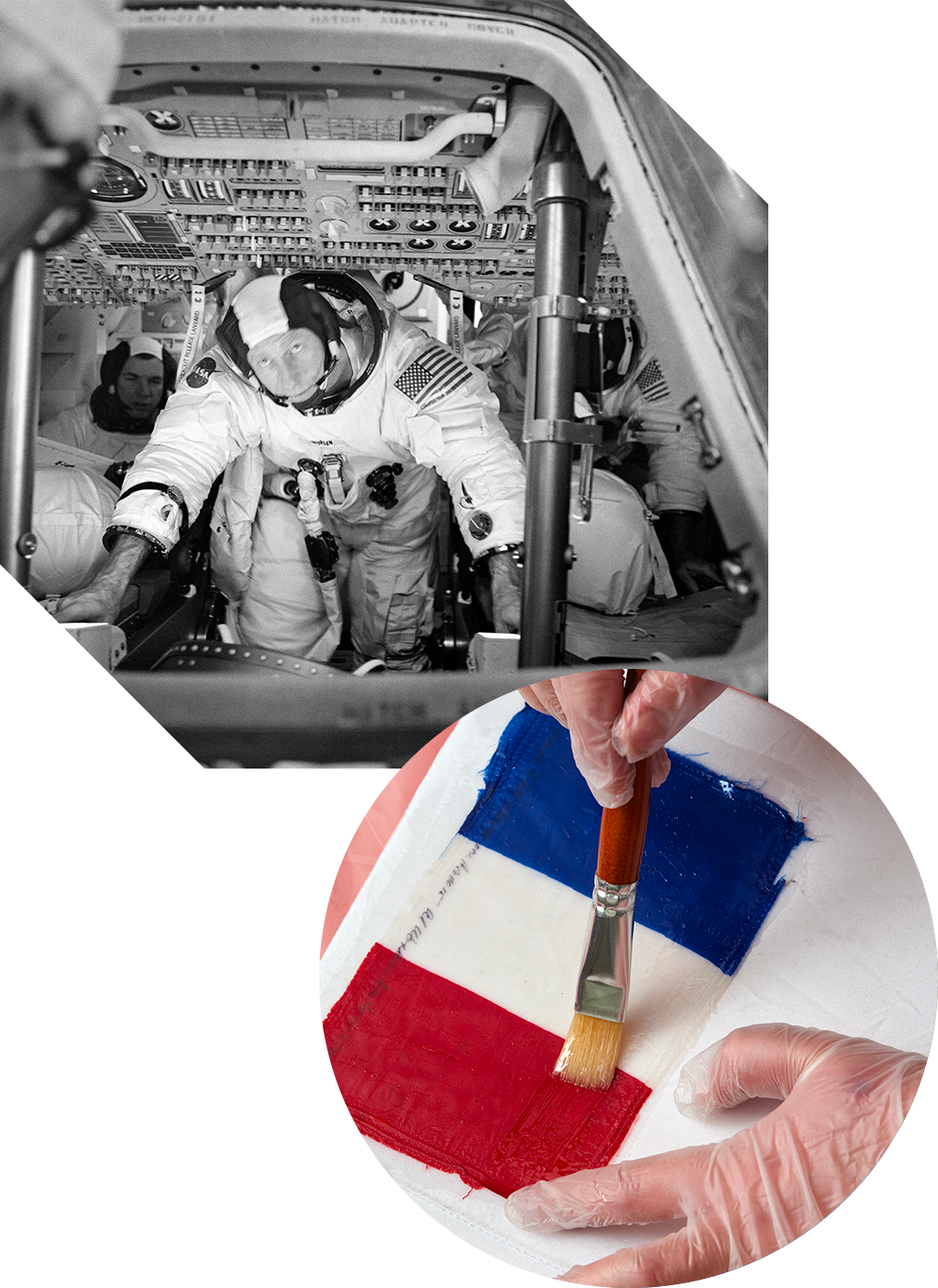
Comes from the personal collection of Mr. Mazoyer, great collector of Concorde parts in Toulouse.
Back to the future. On November 22, 1977, a supersonic bird with a streamlined silhouette took off from Roissy-Charles-de-Gaulle airport with a capacity that still inspires awe. The revolutionary aircraft, called the Concorde, could make the trip from Paris to New York in a mere three and a half hours, compared with eight hours on a modern jet. This sleek aircraft achieved a remarkable Mach 2.02 (nearly 2200 km/h) cruising speed with a total takeoff thrust of 60 tons, equivalent to that of 5,500 compact cars. Created with pencil and paper before the advent of computers, Concorde engineers used the most cutting-edge materials and the most advanced innovations in aerodynamics. The plane's famous Delta-wing construction was particularly sophisticated, with sinuous leading-edge contours reminiscent of the buttresses of a Gothic church.

Acquired at an auction in 2020. Personal collection of Ruti Danan who worked for years with Alexander McQueen.
Apprenticed to a tailor at the age of 16, Alexander McQueen launched his eponymous label at 23 and became the youngest designer ever to win the British Designer of the Year award when he was 27. The "hooligan of fashion" hopped the Channel to Paris in 1997 to take the reins of the distinguished fashion house Givenchy, where he would scandalize the French capital’s cozy salons with his famously cheeky irreverence. Through his exquisitely executed designs, the Londoner touched on themes of sensitivity, darkness, violence, and tenderness and thumbed his nose at society, religion, and war, all the while drawing on his working-class Scottish roots. McQueen's hotly anticipated fashion shows in theatrical settings featured a dreamlike cast of magical, phantasmagoric and often frightening characters. The famous staging for his Dante collection, debuted on March 1, 1996. The show propelled McQueen to the forefront of international fashion.
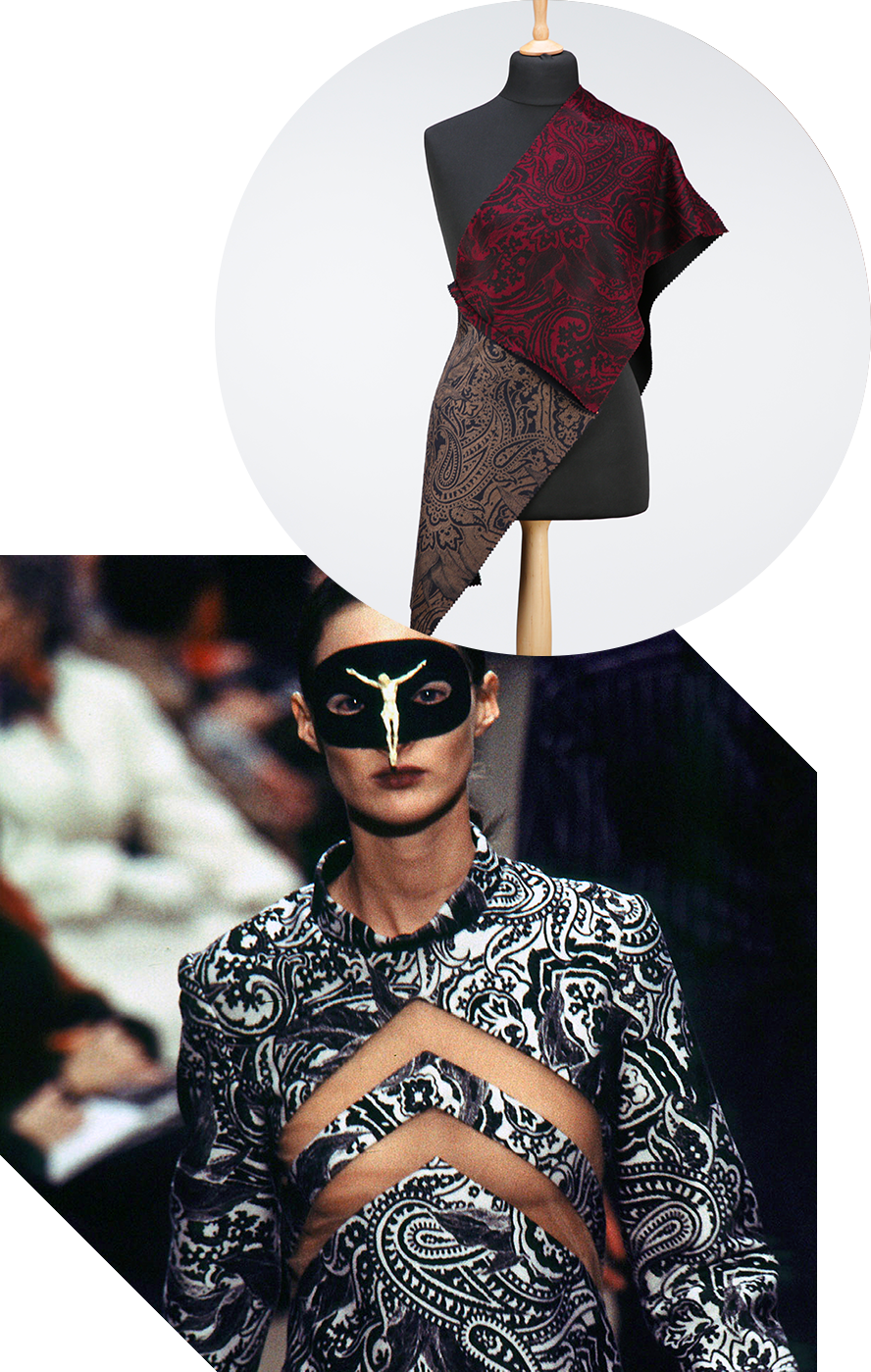
Acquired at an auction in 2020. Appraised by M. Leynet, auctioneer.
February 13, 2002: the spectators at the Stade de France took their seats with an excited clamor. The match they were about to watch, between ‘Les Bleus’ and Romania, was a friendly one and not much seemed at stake. At least that was the common belief. Coach Roger Lemerre fielded most of his best players for the match to gauge Les Bleus’ true level before heading to the 2002 World Cup. Under a steady drizzle, playmaker Zinedine Zidane delivered a decent performance, gratifying the crowd with moments of inspired magic. But despite the team’s 2-1 win, the match sounded alarm bells about the group’s cohesion… Zidane, hampered by an injury suffered just before the competition, took part in only one game and could not play the part of savior as he had a few months before for Real Madrid, scoring a memorable winning goal in the Champions League final against Bayer Leverkusen.
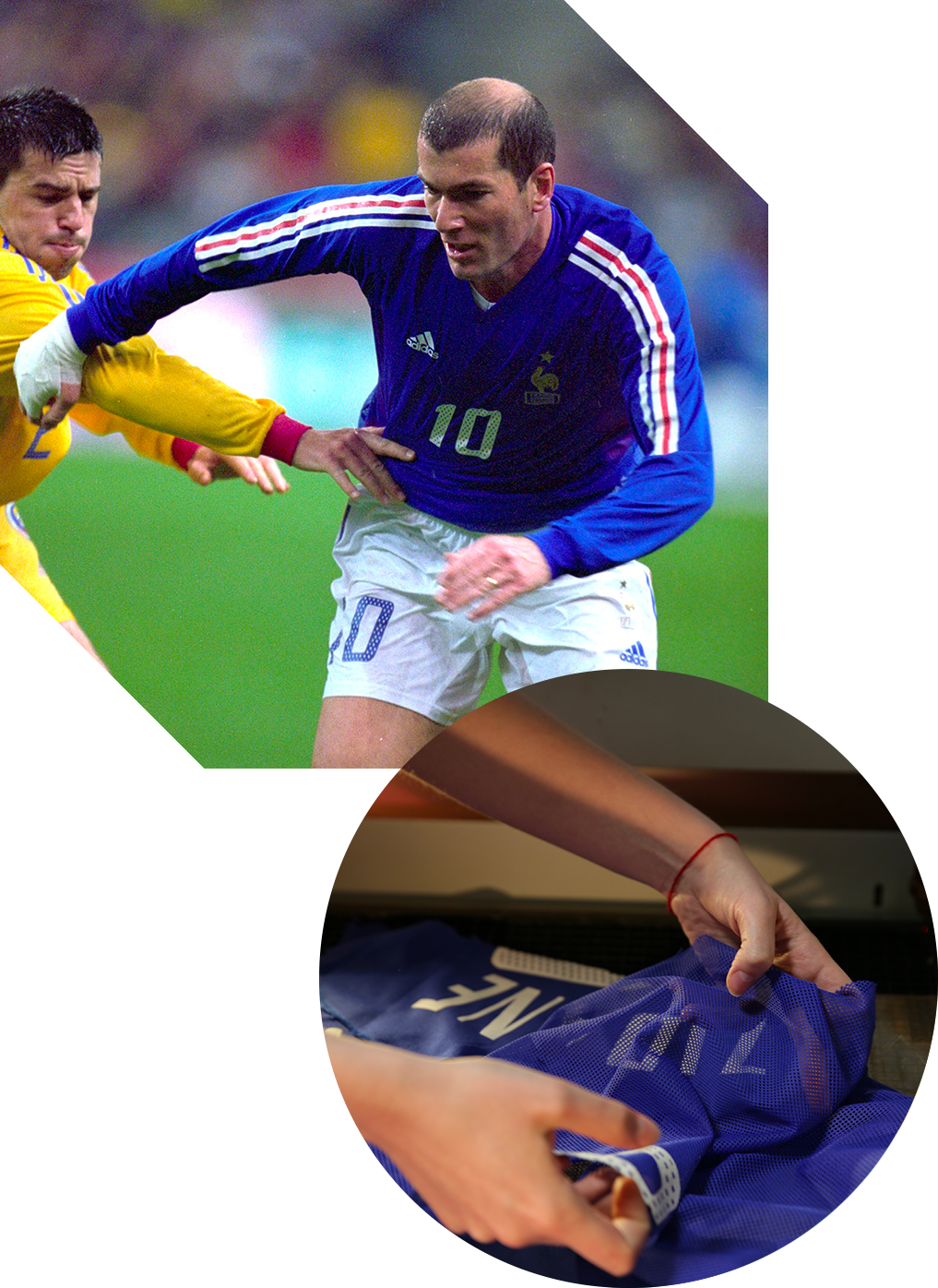
This piece of sail was given to us by the Hermione-Lafayette association, proud to be part of the adventure.
What would the United States be today had a Frenchman accompanied by a mere 14 shipmates had not crossed the Atlantic to lend a hand to its founders? In 1780, the Marquis de Lafayette steered his ship into Boston Harbor at the height of the American War of Independence. Lafayette had finally convinced the reluctant King Louis XVI to step up support for the insurgents, led by George Washington, in their fight against the British. Lafayette’s mission was to announce the imminent arrival of the Comte de Rochambeau, at the head of 6,000 French soldiers, to aid the insurgents. Lafayette sailed to America aboard a majestic frigate called the Hermione, a true Formula 1 of the seas in its time. Following the Hermione’s exploit—and its accidental sinking in 1793—the three-masted vessel was long forgotten. More than two centuries later, historians unearthed its records to embark on a reconstruction. The nearly 20-year project, carried out between 1997 and 2014 at the Arsenal de Rochefort, in Charentes, France, finally ended in the return of this giant of the seas.
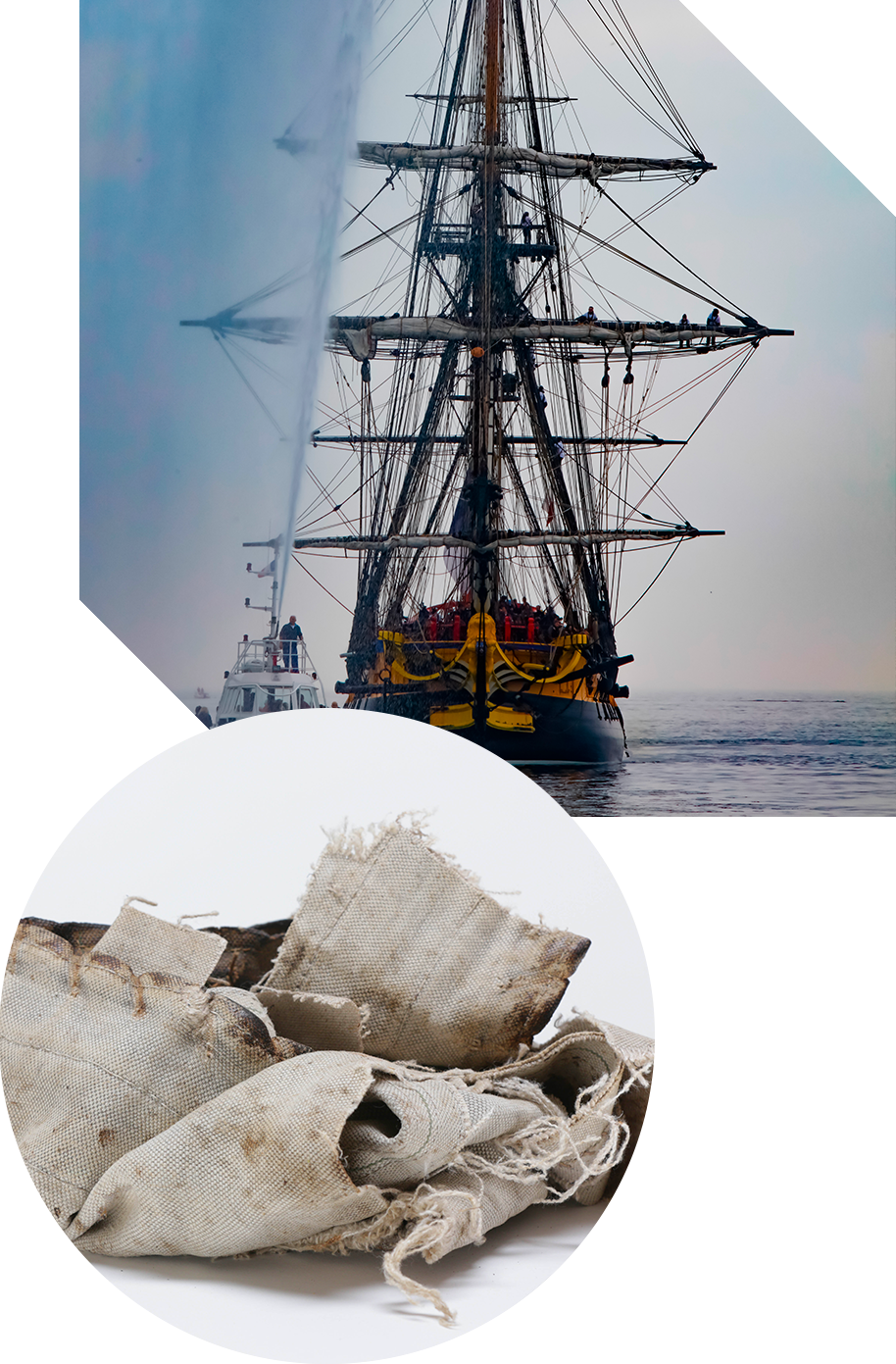

Livraison rapide partout dans le monde

Paiements 100% sécurisés

Une équipe à votre écoute: contact@historycube.com

Des objets authentiques